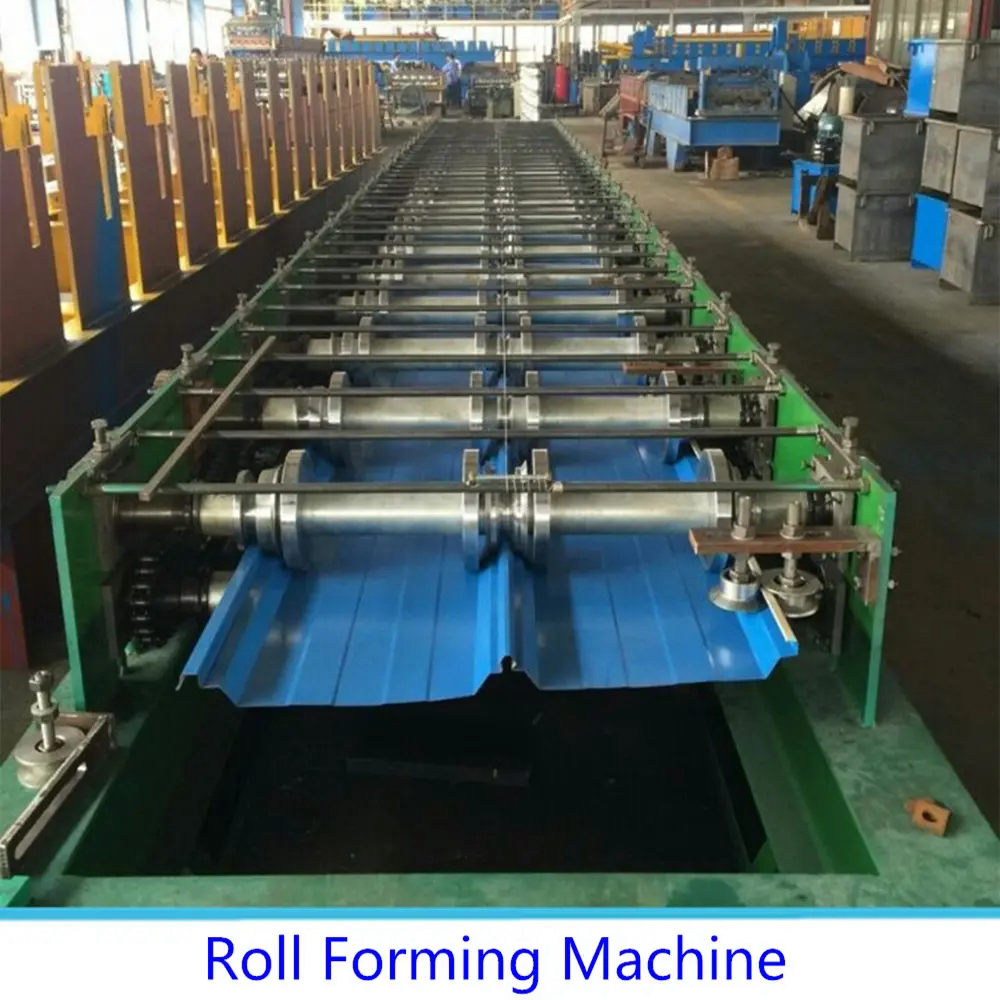
The Process of Galvanizing Pipe Making Machine
In the modern metalworking industry, the development and utilization of galvanizing pipe making machines have revolutionized the way we produce steel pipes. These machines not only enhance efficiency in production but also significantly improve the durability and corrosion resistance of the finished products. Galvanizing, the process of applying a protective zinc coating to steel or iron, is crucial in extending the life of pipes used in various applications, including plumbing, construction, and infrastructure development.
The operation of a galvanizing pipe making machine involves several key stages, starting from raw materials to the final product. Initially, high-quality steel coils are fed into the machine. The process begins with the pipes being formed from the flat steel coils, through a series of bending, welding, and forming operations. These machines are designed to create pipes of various diameters and thicknesses, catering to different industrial needs.
Once the pipes are formed, the next phase is surface preparation. This step is critical to ensure that the zinc coating adheres properly to the surface. The pipes are cleaned thoroughly to remove any contaminants, such as rust, grease, or dirt. This cleaning is often achieved through a combination of mechanical processes and chemical treatments, ensuring a high level of cleanliness on the pipe surface.
After the preparation, the pipes are immersed in a molten zinc bath. This step is where the magic happens. The pipes are either dipped or passed through the galvanizing bath, allowing the hot molten zinc to coat the outer surface evenly. The temperature of the zinc bath is typically maintained around 450 degrees Celsius (842 degrees Fahrenheit) to ensure optimal coating and durability. The reaction between the molten zinc and the steel pipe creates a metallurgical bond that forms a protective layer, preventing corrosion even in the most challenging environments.

Following the galvanizing process, the pipes undergo a cooling phase, where they are taken out of the molten zinc and allowed to cool down
. This solidification process ensures that the zinc coating adheres firmly to the pipe surface, providing added strength and protection.Once cooled, the galvanized pipes can go through additional finishing treatments if required, which can enhance their aesthetic appeal or improve their physical properties further. These treatments may include painting, marking, or additional coatings.
Finally, the galvanized pipes are cut to specified lengths and packaged for shipment. The entire process not only improves the longevity of the pipes but also adheres to environmental regulations by minimizing waste and harmful emissions.
In summary, galvanizing pipe making machines play an essential role in producing high-quality, corrosion-resistant pipes essential for various industrial applications. The seamless integration of advanced technology in the galvanizing process ensures that these pipes meet the rigorous standards required for modern construction and infrastructure projects. As industries continue to evolve, the importance of these machines will only grow, supporting the demand for reliable and durable piping solutions across the globe.